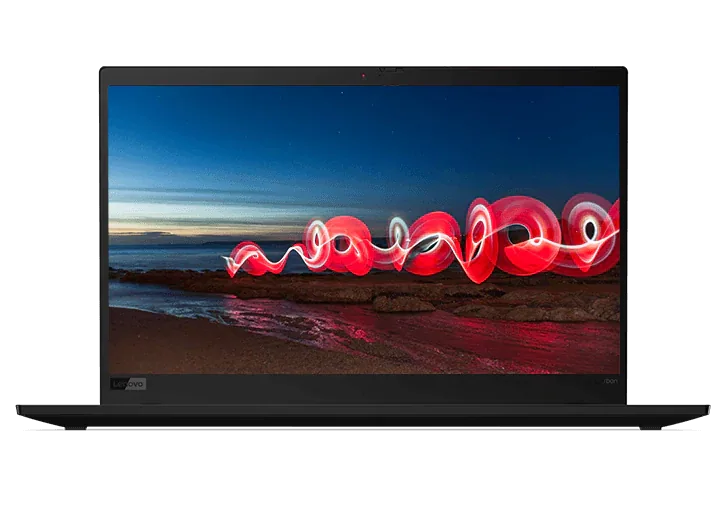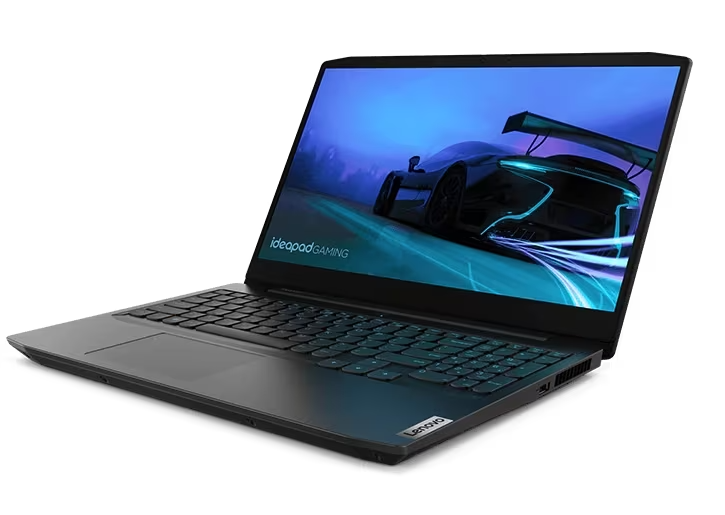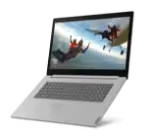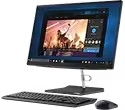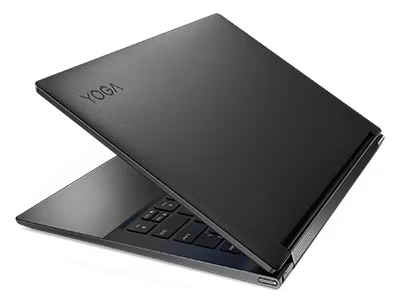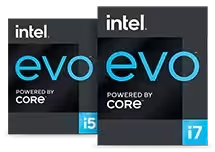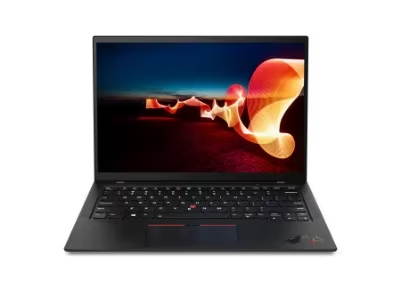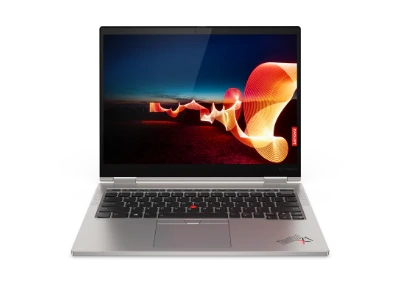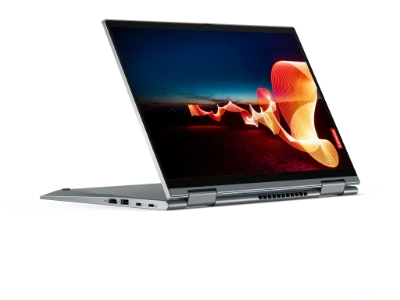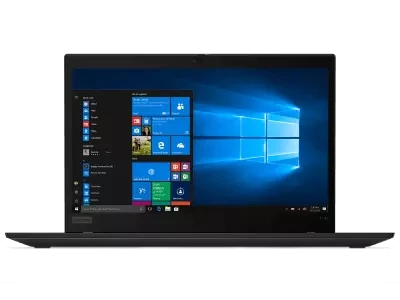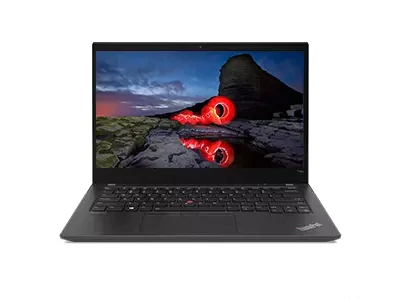How to Buy a Gaming Mouse
If you’re a die-hard PC gamer, or even if you’re just planning to spend a few hours now and then with your favorite game, you need a gaming mouse. These specialized devices might look like the mouse that came with your computer (or not… some gaming mice are pretty wild!), but rest assured, they’re a special breed. If pointing and clicking your way through web pages, spreadsheets, and emails represents your daily grind, any old mouse will do. But if you’re going up against the fastest and most ferocious opponents in Fortnite, trust us, you’re going to want a gaming mouse.
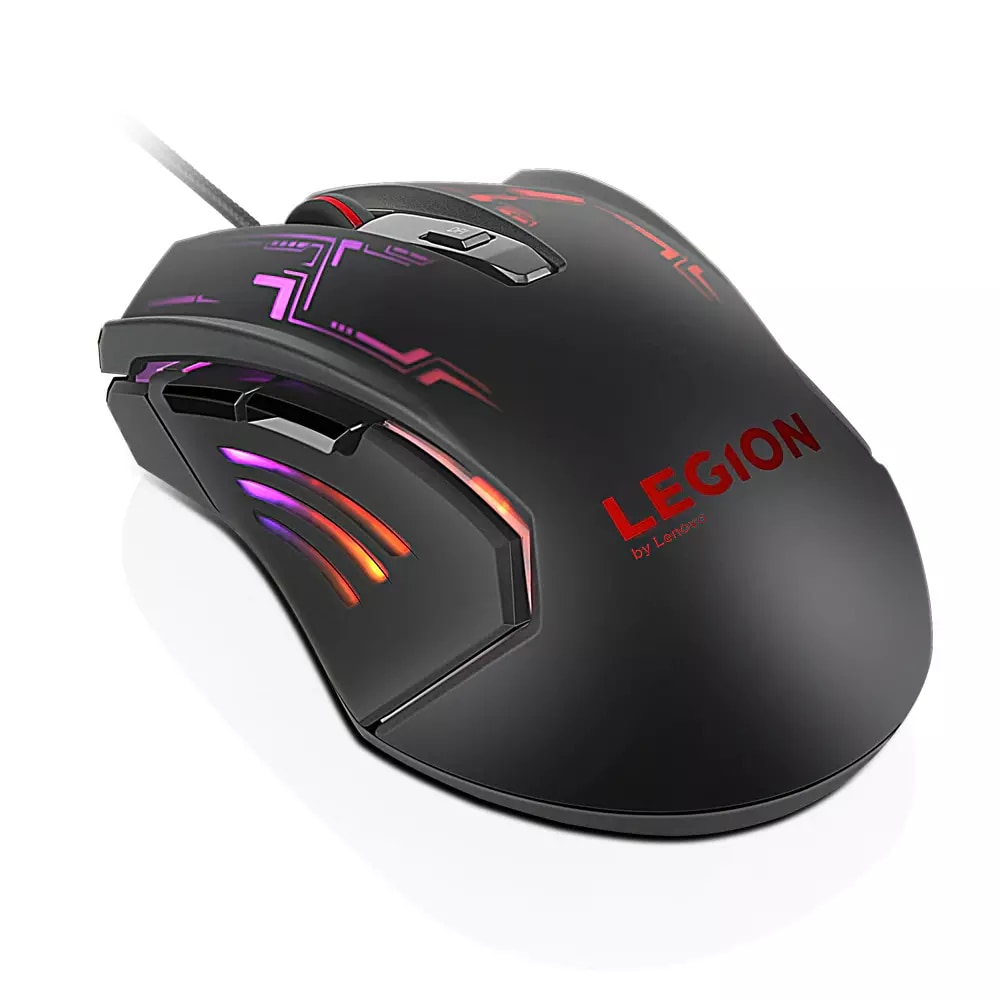 Gaming mice are designed to give gamers an edge. Some gaming mice offer more ergonomic shapes to take the pain out of marathon gaming sessions, while others prioritize versatility, giving you an almost unlimited number of configuration choices. There’s a lot of gaming mice to choose from, and if you’re not sure where to begin, don’t worry. We’ve assembled this handy guide to picking the perfect gaming mouse.
Gaming mice are designed to give gamers an edge. Some gaming mice offer more ergonomic shapes to take the pain out of marathon gaming sessions, while others prioritize versatility, giving you an almost unlimited number of configuration choices. There’s a lot of gaming mice to choose from, and if you’re not sure where to begin, don’t worry. We’ve assembled this handy guide to picking the perfect gaming mouse.
Matching the Gaming Mouse to the Game
Picking the perfect gaming mouse is a little like picking the perfect gaming laptop.It starts by asking yourself one question: What kind of gamer are you? Unless you’re brand new to gaming, you’ve probably already gravitated to a specific game genre that you love. That doesn’t mean you only play one game, but it likely means you enjoy a certain type of game more than others.
When it comes to picking a gaming mouse, knowing which type of game you like most will help you pick the mouse features that will enhance your gaming experience. MMORPGs (massively multiplayer online role playing game) have a different pace, length of gameplay, and different repetitive actions than say, a FPS (first person shooter) game. A gaming mouse designed for one of these genres prioritizes the features that matter, like being able to adjust sensitivity on the fly, or having easy access to multiple action buttons. While there’s nothing stopping you from using a mouse built for FPS games while playing a MMORPG game (or vice versa), it’s like trying to compete in a NASCAR race while driving a dune buggy – not impossible, just not very satisfying.
Consider Your Grip Type
It may seem surprising, but not everyone grips a mouse the same way. In fact, depending on the gamer, the mouse they’re using, and the game they’re playing, their mouse grip can vary significantly. Broadly speaking, there are three grip types: Palm, tip, and claw.
Palm Grip
A palm grip is the most common type of grip, both in gaming and non-gaming activities. A palm grip tends to be relaxed, with a lot of contact between the palm and fingers and the mouse surfaces. Gaming mice designed for this grip style are larger and wider than other styles, and often feature a distinct ergonomic hump back to provide lots of support for the hand. Because they’re relatively big, they take more effort to move on the mousing surface. This is an advantage for precise control, because it makes movements very deliberate. It’s less desirable for fast, repetitive movements as its extra weight and larger contact area increases friction and effort.
Bottom Line:A palm grip gaming mouse is a good choice for games with a slower pace, lots of action choices, and a longer session time.
Tip Grip
The tip grip is at the opposite end of the spectrum, favoring light, rapid movements, and frequent use of the primary mouse buttons. A gaming mouse designed for tip gripping will be small and weigh very little so that your hand and wrist muscles exert the least amount of energy to move the mouse. The tops of these mice tend to be fairly flat – gamers who favor tip grips don’t rest their palms on the mouse, so they don’t need the added support, which would only add more weight, and thus more resistance.
Bottom Line:If you’re a fan of lightning-fast FPS games like Quake, you may prefer a tip grip gaming mouse.
Claw Grip
A claw grip is somewhere in between palm and tip grips. It offers more precise control than the tip grip, yet it’s usually associated with greater speed than a palm grip. With fingers aimed directly down toward the primary mouse buttons, the claw grip has become more common thanks to the increased popularity of the RTS (real time strategy) game genre, which mixes fast movements with more complex actions. Gaming mice designed for claw grips are usually smaller than palm-style mice, but with more hand support and a greater variety of customization options than tip grip mice.
Bottom Line:If you’re not sure about your style of grip, don’t worry too much. Some mice will simply feel more comfortable with specific grips. Over time, you’ll develop a style you prefer and in the meantime, there’s no reason why you can’t use any of the three grip styles on any gaming mouse you buy.
Mice Spec Considerations
Beyond being a match for your preferred grip style, your gaming mouse can improve your PC gaming experience through a whole host of other specs and features. Here are a few to be aware of as you’re making your decision on which gaming mouse to buy.
Wired or Wireless
Pro gamers are constantly looking for an edge, and many believe that wireless technology introduces an unacceptable amount of latency, or lag time, between what they’re doing with their gaming mouse and the corresponding action on-screen. For that reason, the majority of gaming mice are still wired. Wireless gaming mice do exist, but they tend to be much more expensive than their wired equivalents because of the extra hardware needed to reduce that latency. They also use a rechargeable battery system, which further increases costs. Are they worth the extra cash? It depends on how much that mouse wire bugs you. For some gamers, the extra freedom of going wireless easily justifies the price tag.
Weight
The weight of a gaming mouse affects both its speed and precision. A heavier mouse will track more precisely over a surface because it takes a more deliberate effort to move it, reducing unintended changes of position. But this same weight also increases drag, making it harder to move the mouse rapidly when you need to do so. The only way to know if a gaming mouse is weighted appropriately for your gaming style is to try it. However, a few gaming mice on the market now ship with customizable weighting systems, letting you add and remove weight to match your style, and change it up if you so desire.
DPI and Poll Rate
DPI (dots per inch) is usually a measurement of resolution for a printed page – the higher the number, the greater the level of detail. But it’s also a measurement of precision for a gaming mouse. The higher the number, the more sensitive the mouse will be to changes of position.Today’s gaming mice have a 12,000 DPI sensitivity, with some that go much higher. While it would seem logical that a higher number is better, and thus worth paying for, it’s not quite that simple.
DPI needs to be paired with something called polling rate. If DPI represents how small of a movement your mouse can detect, polling rate represents how fast it checks for changes in movement. These two work hand-in-hand to determine your actual experience. A high DPI gaming mouse might be great for games that require precision, but if it lacks a sufficiently high polling rate, that precision could be undermined if you need to move your mouse very quickly.
You may not need a high DPI mouse at all. If you mostly game on a lower resolution screen, all of that extra precision is not only a waste, it might actually work against you if there’s no way to scale down the DPI setting.
That’s where the mouse settings come into play. Some games – especially those that involve precision moves like aiming at a moving target – are a mix of large, fast moves and small, precise moves. If you don’t have a way to switch your DPI settings on the fly, you could end up with a mouse that compromises your ability to keep up with other players. Look for a gaming mouse that gives you the fine-tuning you need in its software, but also through physical buttons on the mouse itself.
Additional Buttons
Speaking of buttons, it’s worth giving some thought to the kind and the number you’ll need. FPS games and most Battle Royale games are very fast-paced and have a limited number of possible actions you can take while playing. These games can be easily enjoyed with a standard 2-button plus scroll wheel setup. Role-playing and strategy games on the other hand, can feature a wide variety of complex actions that normally need you to use keyboard combinations to execute them. For these games, a gaming mouse that has a set of dedicated, customizable buttons can be a lifesaver, transforming multiple key clicks with your non-mouse hand, into single clicks, right on the mouse itself.
Where to Start: Lenovo Gaming Accessories
Now that you’ve got a feel for how and why a gaming mouse can take your game to the next level – regardless of which game you play – be sure to check out our awesome line up of gaming accessories.
You’ll find several styles of gaming mouse, from the Lenovo Legion M200 RGB Gaming Mouse, designed for enthusiastic amateur gamers, to the highly configurable Lenovo Gaming Precision Mouse, which will satisfy even the most demanding sharp-shooters. These mice belong to a family of gaming accessories that we’ve hand picked to make gaming more fun, and more rewarding. After all, we’re gamers, too.
Now go out there and level-up! Game on!
